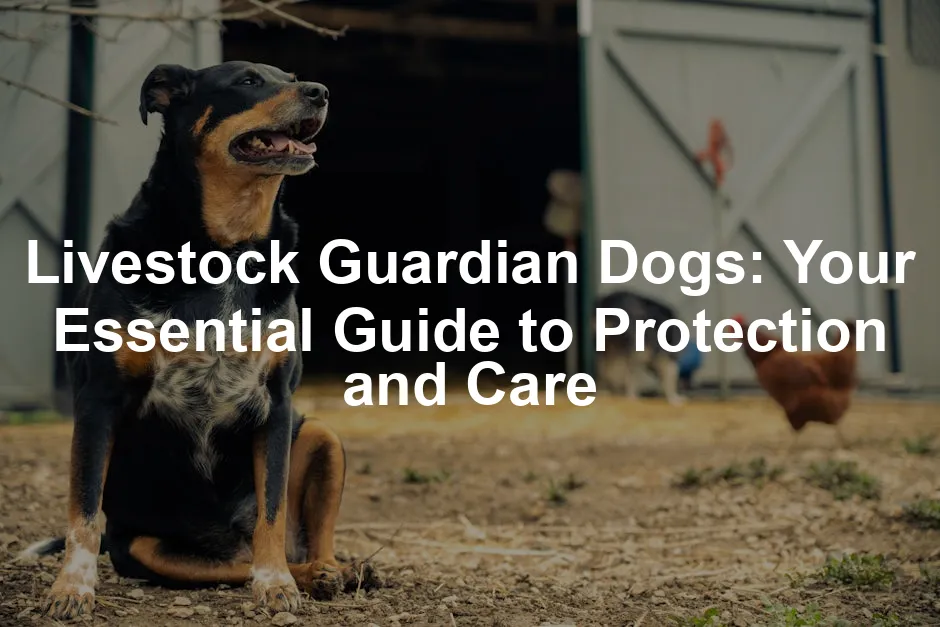Introduction
Have you ever wondered how to protect livestock from predators? Livestock guardian dogs (LGDs) serve this essential role. These devoted canines are bred specifically to guard sheep, goats, and other livestock. Their popularity is rising in rural and even suburban areas. As more people recognize their value, understanding LGDs’ unique traits and care becomes crucial for potential owners.
And speaking of cute canines, how about a Great Pyrenees Dog Plush Toy? Perfect for snuggling while you learn about these amazing breeds!
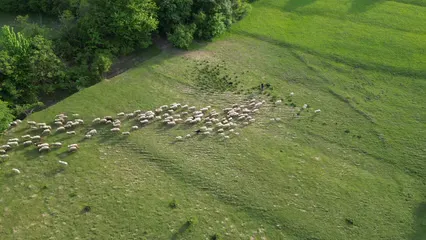
Summary and Overview
Livestock guardian dogs have been vital in agriculture for centuries. Historically, they helped farmers safeguard their herds from predators like wolves and bears. Common breeds include the Great Pyrenees, Anatolian Shepherd, and Kuvasz. Each breed possesses unique traits that set them apart from typical family pets. Unlike regular dogs, LGDs are bred to work independently, showing strong protective instincts.
Understanding the unique traits of different breeds is important for potential owners. Learn more about the Anatolian Shepherd dog.
Recent trends indicate that LGDs are increasingly used in modern farming as effective solutions for predator control. Owning an LGD comes with responsibilities, including training, socialization, and providing a suitable environment. Expect to invest time and effort to ensure your LGD thrives while protecting your livestock effectively.
And don’t forget to equip yourself with a Dog First Aid Kit! You never know when your loyal guardian might need a little TLC!
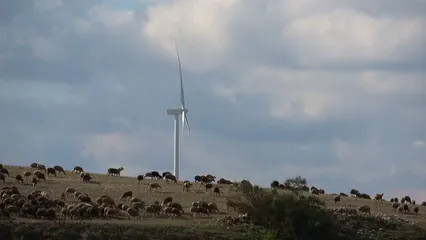
The Importance of Livestock Guardian Dogs
Why Choose LGDs?
Livestock guardian dogs (LGDs) play a crucial role in predator management. They protect sheep, goats, and other livestock from threats like coyotes and bears. With their keen instincts, LGDs serve as a first line of defense, reducing livestock losses significantly. This protection leads to improved farm productivity and peace of mind for farmers.
Moreover, LGDs adapt well to various environments. Whether on a sprawling ranch or a smaller farm, these dogs adjust to different terrains and climates. They thrive in open spaces where they can patrol their territory. This adaptability makes them valuable partners for livestock owners everywhere. Choosing LGDs means investing in a reliable solution for safeguarding your animals.
For those long days working on the farm, a Portable Dog Water Bottle is a must-have! Keep your pup hydrated while they keep your livestock safe!
Characteristics of Livestock Guardian Dogs
Physical Traits
Livestock guardian dogs are typically large and robust. Breeds like the Great Pyrenees and Anatolian Shepherd showcase impressive size, often standing 25 to 32 inches tall. Their weight ranges from 80 to over 150 pounds, depending on the breed. LGDs have thick, weather-resistant coats that protect them from harsh elements.
These breeds are well-suited for protecting livestock due to their size and strength. Discover more about the Bernese Mountain Dog.
Common coat types include long and double-layered fur, which provides insulation. Their typical lifespan ranges from 10 to 13 years, though some may live longer with proper care. Health considerations include hip dysplasia and certain genetic conditions, so regular vet check-ups are essential. Overall, their physical traits support their role as diligent guardians of livestock.
When it comes to grooming, a Komondor Dog Grooming Brush is essential to keep their thick coats in tip-top shape!

Temperament and Behavior
Livestock guardian dogs (LGDs) are known for their unique temperaments. They are typically independent thinkers, which means they often make decisions without needing constant direction. Their protective nature shines through as they guard livestock from potential threats. These dogs form strong bonds with the animals they protect, displaying a gentle demeanor towards them.
However, owning an LGD can come with behavioral challenges. For instance, barking is common, as they alert to any perceived dangers. This instinctive behavior can be a concern in quieter neighborhoods. Additionally, LGDs can exhibit territorial instincts, which may lead them to be standoffish or aggressive towards unfamiliar people or animals. Proper training and socialization from an early age can help mitigate these challenges, ensuring a well-adjusted companion for your farm.
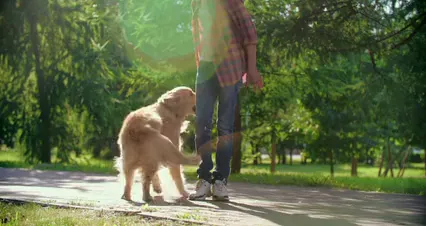
Popular Livestock Guardian Dog Breeds
Overview of Recognized Breeds
When considering LGDs, several breeds stand out due to their protective instincts and unique characteristics. Here are some popular options:
- Great Pyrenees Known for their gentle nature, these dogs weigh between 85 to 150 pounds and stand 25 to 32 inches tall. They are excellent protectors but require space to roam.
- Anatolian Shepherd This breed, weighing 80 to 150 pounds, is intelligent and alert. They are independent and can be stubborn, making training essential.
- Kuvasz A Hungarian breed, the Kuvasz is protective and loyal. They average 70 to 115 pounds in weight and have a thick white coat.
- Tibetan Mastiff These dogs are massive, weighing up to 160 pounds. They are known for their fierce protection but need proper socialization due to their aloof nature.
- Komondor Easily recognizable by their corded coat, Komondors weigh between 88 to 110 pounds. They are calm and independent but require early socialization.
- Akbash This breed is known for its watchful nature and loyalty. They usually weigh around 90 to 140 pounds and thrive in open spaces.
- Caucasian Shepherd Dog These dogs are large and powerful, weighing between 100 to 220 pounds. They need consistent training due to their strong instincts.
- Bernese Mountain Dog Gentle giants, they weigh between 70 to 115 pounds and are known for their friendly demeanor. They thrive in family settings and are good with children.
- Pyrenean Mastiff Weighing 120 to 240 pounds, they are affectionate and calm but need training to manage their size.
- Romanian Carpathian Shepherd This breed is loyal and protective, weighing 70 to 100 pounds. They adapt well to various environments.
Each breed has its pros and cons, so consider your specific needs before selecting an LGD. And if you want to dive deeper into the world of LGDs, check out this Kuvasz Dog Breed Book for all the juicy details!
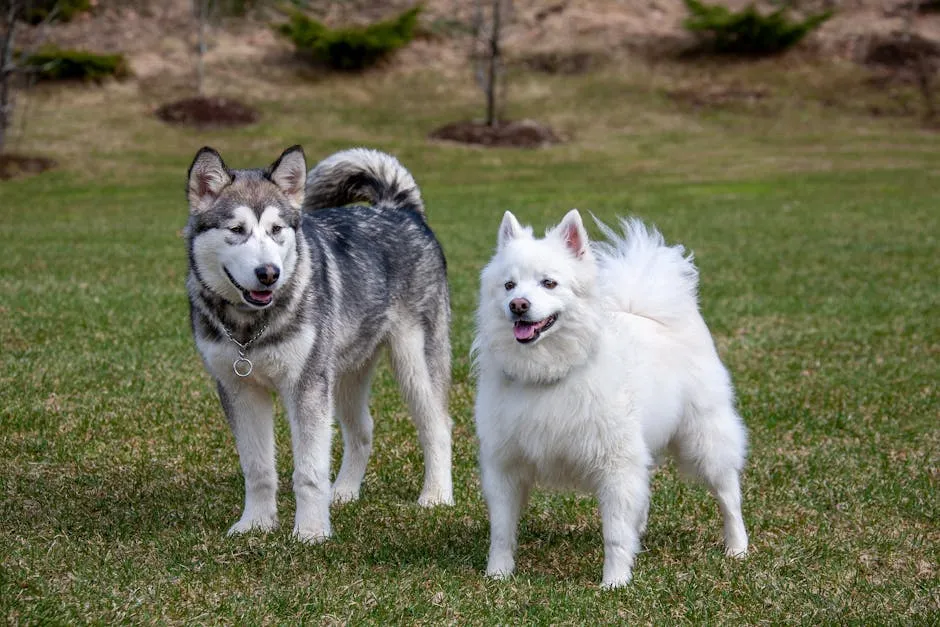
Breeds to Avoid
Not every dog breed is suitable as a livestock guardian dog (LGD). Small breeds, such as Chihuahuas and Pugs, simply lack the size and strength needed for effective protection. These dogs are easily distracted and may not take their guarding duties seriously. Breeds with a strong prey drive, like Greyhounds, may see livestock as potential targets rather than companions. Additionally, dogs that are overly social or friendly, such as West Highland White Terriers, may not possess the necessary protective instincts. Opt for breeds specifically bred for guarding to ensure your livestock’s safety.
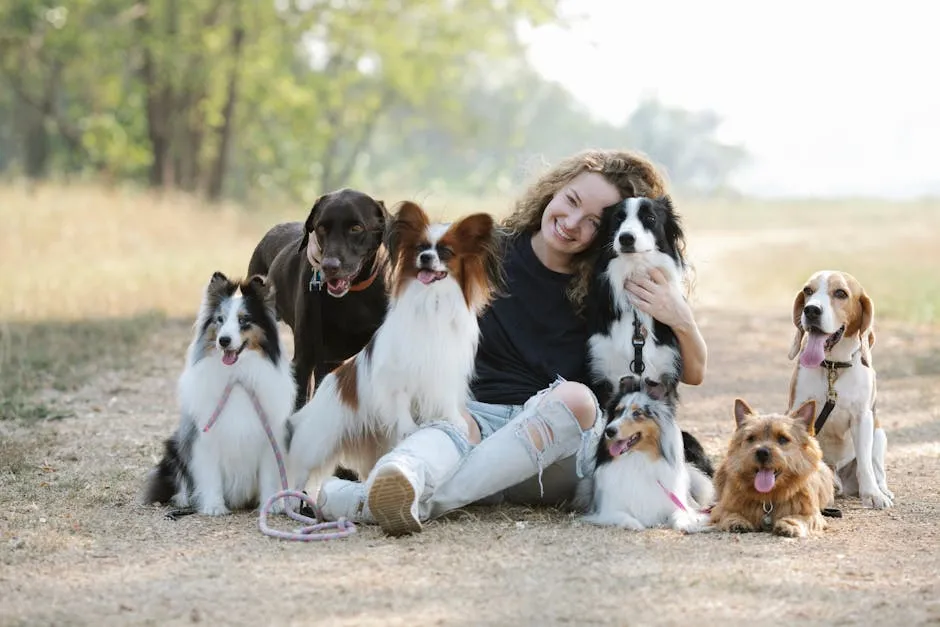
Training Your Livestock Guardian Dog
Early Socialization
Socializing your LGD is vital for their success. These dogs need to bond with both livestock and humans from a young age. Start by introducing them to your animals gradually. Let them observe and interact in a controlled environment. Positive experiences will help them understand their role as protectors. Additionally, expose your LGD to various people and situations. This exposure fosters confidence and reduces anxiety. Regularly involve your LGD in daily farm activities. This inclusion helps them feel part of the family and strengthens their protective instincts.
To ensure you’re prepared for any situation, consider investing in a Dog Training Clicker. It’s a game-changer for positive reinforcement training!

Basic Training Techniques
Training your LGD requires time and patience. Begin with basic commands like “sit,” “stay,” and “come.” Use positive reinforcement, such as treats and praise, to encourage good behavior. Establish a strong bond with your dog through consistent interaction and play. It’s important to be patient; LGDs may take longer to train than typical pets. Expect to invest several months in training. Focus on gentle discipline to guide their instincts without instilling fear. Remember, a well-trained LGD will be more effective in protecting your livestock and will adapt well to their surroundings.
Caring for Your Livestock Guardian Dog
Daily Care and Maintenance
Caring for your livestock guardian dog (LGD) is essential for their health and effectiveness. Start with a balanced diet tailored to their size and activity level. High-quality dog food, rich in protein, will fuel their energy needs. Don’t forget to provide fresh water daily to keep them hydrated.
Exercise is crucial. LGDs require regular exercise to maintain their physical health and mental stimulation. Daily walks or playtime in a secure area are great options. Grooming is also important. Regular brushing helps manage their thick coats and reduces shedding.
Moreover, routine veterinary care is vital. Schedule annual check-ups and vaccinations. Regular health assessments ensure your LGD stays in peak condition. By keeping their health in check, you help them protect your livestock effectively.
And speaking of health, a Organic Dog Food is a fantastic choice for keeping your LGD healthy and happy!
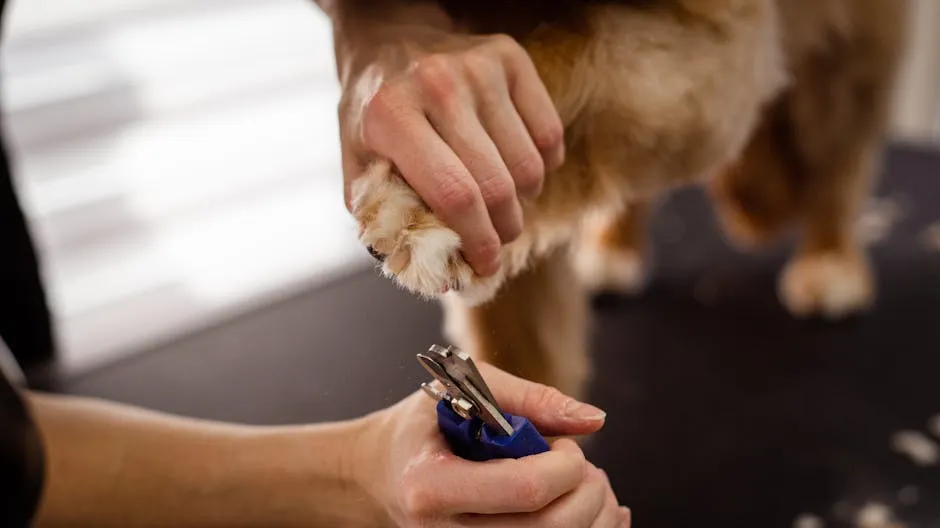
Creating a Safe Environment
Creating a safe environment for your LGD is crucial for their effectiveness. Start by establishing a secure living area. A doghouse or shelter should provide protection from harsh weather while allowing them to observe their surroundings.
Fencing plays a significant role in safeguarding both livestock and the LGD. A sturdy fence, ideally at least six feet high, keeps predators out and ensures your dog doesn’t wander off. Consider using livestock fencing or electric fencing for added security.
Territorial considerations are important too. LGDs thrive in open spaces where they can patrol and monitor their domain. Allowing them to roam within a defined area promotes natural guarding behavior, making them more effective protectors.
And if you’re looking for a little extra help with waste management, check out these Dog Waste Bags. They’re a must for keeping your space tidy!
Common Challenges and Solutions
Behavioral Issues
While LGDs are excellent protectors, they can face behavioral challenges. Common issues include barking and territorial aggression. To address these, early training and socialization are essential. Start training with basic commands and gradually introduce them to different environments and people.
Patience is key. LGDs require time to adjust and learn. Consistent positive reinforcement techniques can help shape their behavior effectively. Additionally, consider enrolling them in training classes focused on LGDs to enhance their skills further.
If you need a little help keeping your LGD mentally stimulated, a Dog Puzzle Toy for Mental Stimulation is a great way to keep them engaged!
Managing Barking
Barking is a natural behavior for LGDs, serving as an alert to potential threats. However, excessive barking can be a concern, especially in residential areas. To manage this, provide ample stimulation through exercise and play. Boredom often leads to increased barking.
Training your LGD to respond to commands like “quiet” can also help. Reward them for silence during calm periods. This helps reinforce positive behavior and reduces unnecessary noise. Remember, understanding their instinctive need to communicate is key to finding effective solutions.
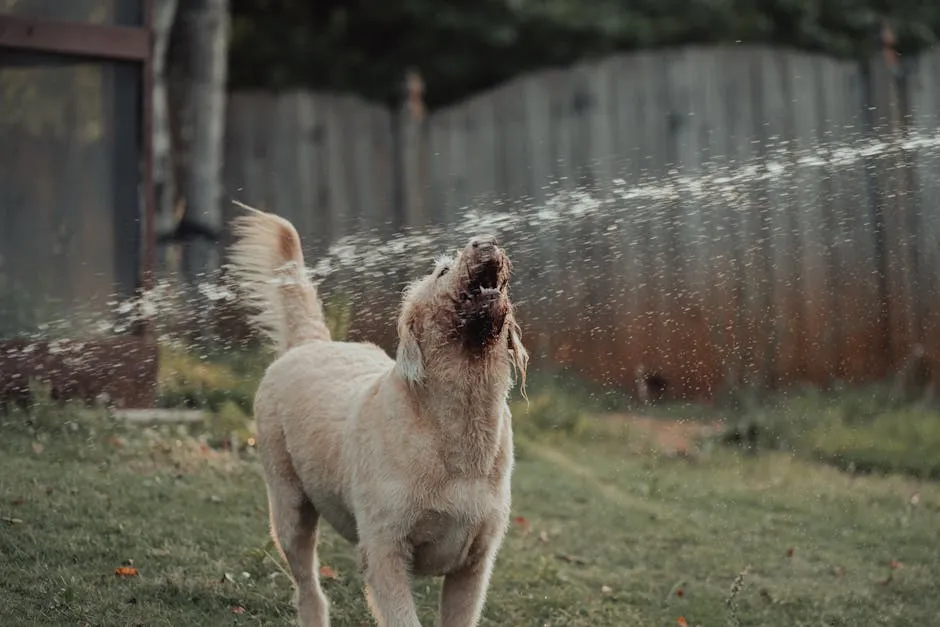
Conclusion
In conclusion, livestock guardian dogs are invaluable for protecting your livestock. Their unique traits require a commitment to care and training. By understanding their needs, you can ensure they thrive and effectively guard your animals. If you’re considering adding an LGD to your farm, know that they can be a reliable solution for livestock protection. Embrace the journey of ownership and enjoy the companionship of these remarkable dogs.
And for those cozy evenings with your LGD, a Dog Bed for Large Dogs ensures they have a comfortable spot to rest after a hard day’s work!
Please let us know what you think about our content by leaving a comment down below!
Thank you for reading till here 🙂
All images from Pexels

